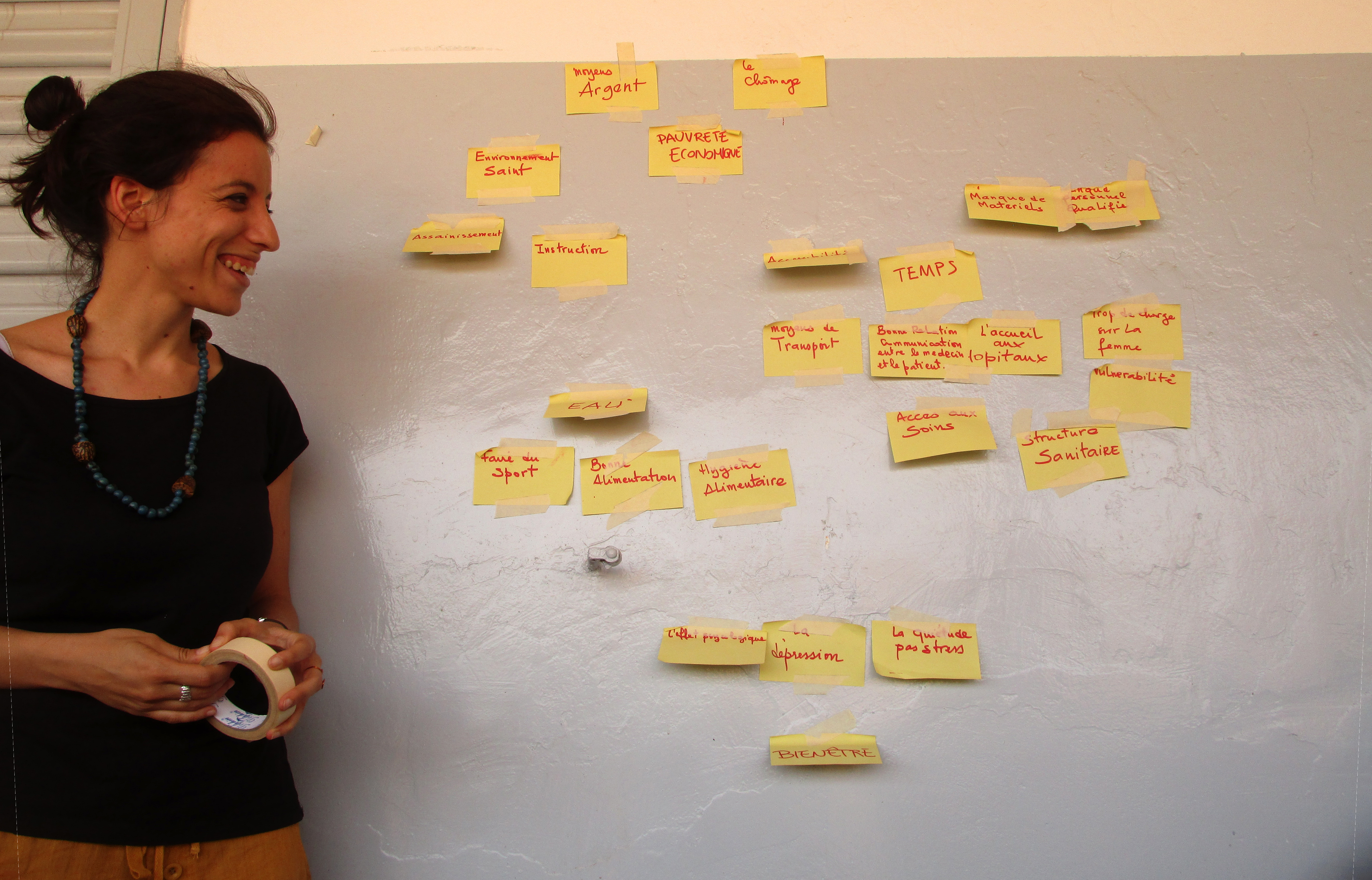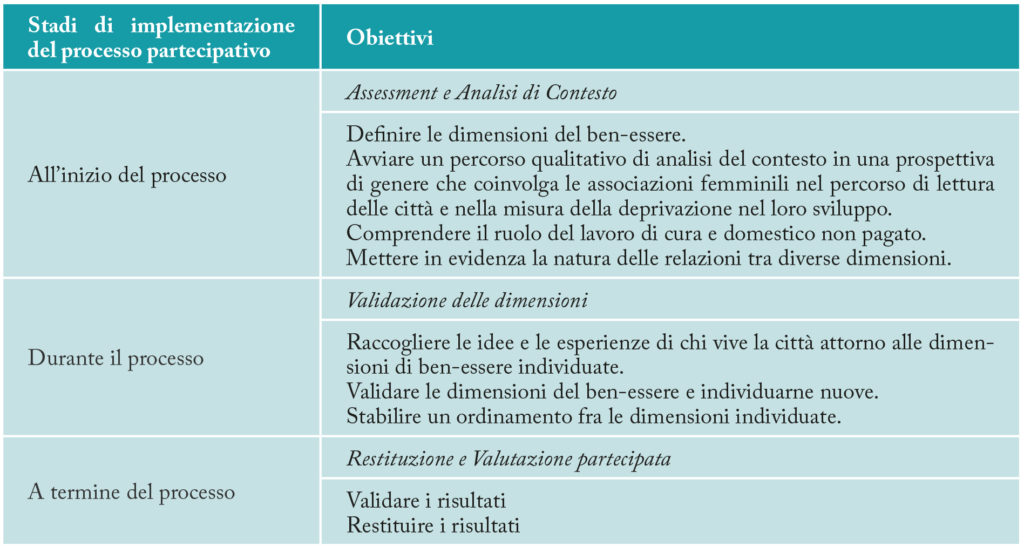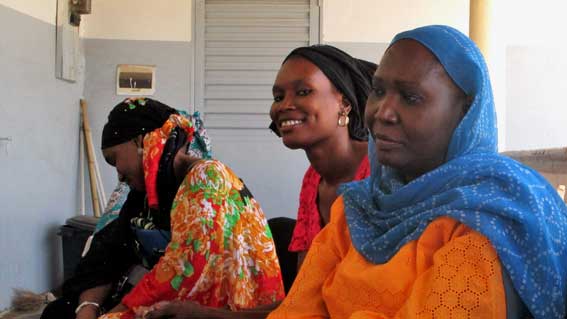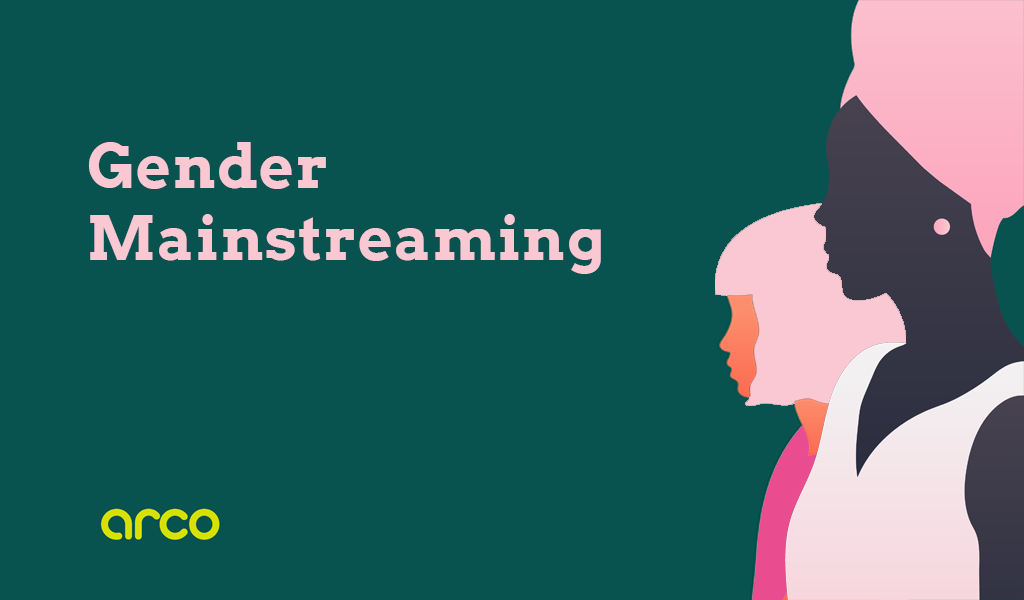Regione Emilia Romagna recently published its “Guidelines for Gender Budgeting” to invite local municipalities to focus on a deeper analysis of their policies in terms of differentiated impact on women and men. These Guidelines have been inspired by the Well-Being BGbe approach and Martha Nussbaum and Amartya Sen’s Human Development Paradigm. The presented process for gender budgeting is articulated in seven steps, the second concerns the implementation of a participatory process aimed at identifying together with citizen the different dimensions of wellbeing. This peculiar process is explained by Caterina Arciprete based on the experience that Inclusive Development Unit gained in Senegal during the project for gender mainstreaming development with the Municipality of Kaolack.
Gender budgeting is an analysis of the budget that includes a gender perspective in the process. In 1999 the European Commission adopted gender budgeting as the primary instrument for gender-oriented public policies (gender mainstreaming). The UN has defined gender mainstreaming as “the process of assessing the implications for women and men of any planned action, including legislation, policies or programmes.
Gender mainstreaming is a methodology that allows to cope with the complexity of public policies and to evaluate their differentiated impact on women and men in the multidimensional space of well-being, defined as the set of “capabilities” and ” functionnings ” of the individual. The ultimate goal is to reach a state of gender equality.
However, gender budgeting alone does not guarantee the implementation of a participatory process. Targeted measures need to be applied to make the budgeting process more inclusive.
Participatory qualitative analysis and gender budgeting
How is participatory qualitative analysis implemented?
Through participatory process it is possible to acquire in-depth knowledge on the processes that lead to gender inequalities. Interestingly, these methods shift the focus from a research on women, to a research with women and men. This means that participants are considered as subject endowed with the necessary skills to read and interpret the complexities of everyday life.
Involvement in a participatory process increases participants’ awareness and empowerment. Participants should be aware that change is possible and that it partly depends on them.
To capitalize on the participatory process, it is important that gender budgeting is effectively oriented by the knowledge acquired through participatory analysis. To this end, the involvement of civil community can be implemented at different stages of the process and with different purposes. Table 1 summarizes the different integration methods.
Which tools facilitate the participatory process?
There are multiple available tools, among them: structured focus groups, semi-structured interviews, workshops, etc. In general, it is important that the preferred method remains as flexible and specific as possible according to the type of recipient (for example, young people) and specific objective. In the case of Gender Budgeting for the Municipality of Kaolack (Senegal), the set of tools adopted have given efficient results which have significantly guided the critical reading of the Budget. These methods included the opportunity matrix, the O-GAP walk, the participatory matrix on the use of time.
To read the full publication by Regione Emilia Romagna click here.



